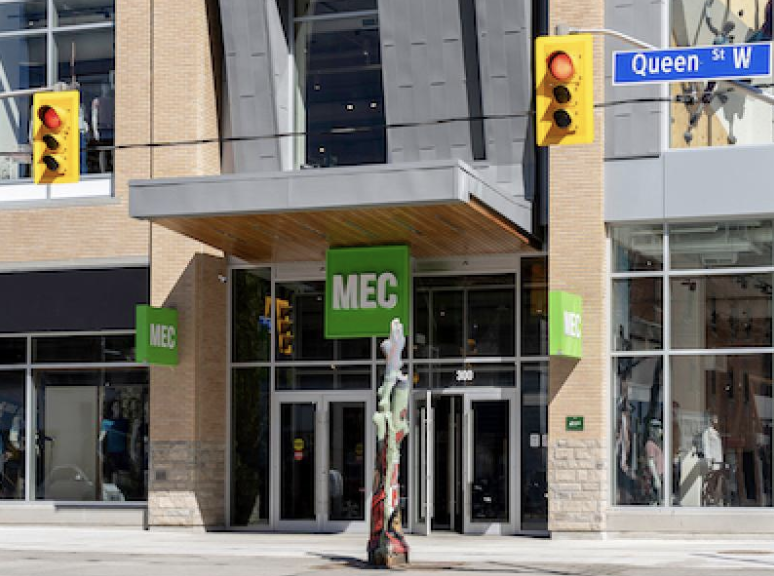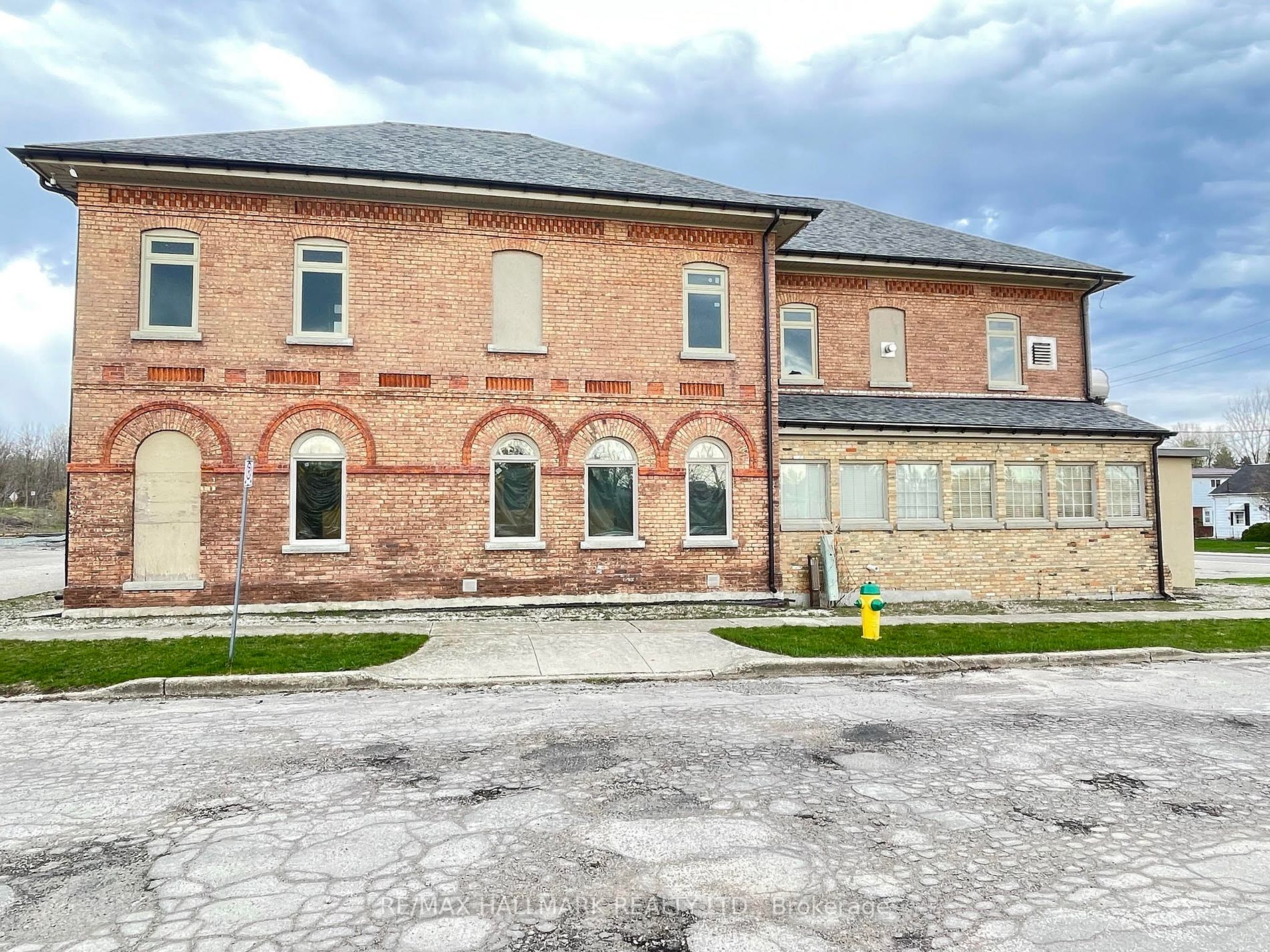Toronto Street-front Retail Leasing Activity Picks Up

Toronto Street-front Retail Leasing Activity Picks Up
A rejuvenation in Toronto’s downtown retail sector has led to a leasing milestone – availability has fallen below 10 per cent, according to JLL.
Toronto’s Q2 urban retail availability rate of 9.65 per cent was a 14-quarter low, while the average annual asking rent of $95.49 per square foot was a 14-quarter high, according to the latest report, from JLL, which covers 1,306 ground-floor street-front properties in 11 corridors.
The ending of pandemic lockdowns and the return of more people visiting, living and working in downtown Toronto is the biggest factor behind the street-front retail recovery.
Toronto Transit Commission ridership has experienced a significant rebound since the height of COVID-19, with overall ridership at approximately 74 per cent of pre-pandemic levels and weekend ridership reaching nearly 80 per cent.
Hotel occupancy and visitor spending have increased while the downtown Toronto office occupancy rate reached 52 per cent in July, up from 42 per cent in January.
Full-service restaurants performing well
The food service industry, particularly full-service restaurants, has performed exceptionally well. While sales have increased, however, the cost of goods and labour have increased at an even greater rate.
“What we’re hearing from full-service restaurants is that people are coming downtown three days a week, so Mondays and Fridays are totally dead,” Brandon Gorman, senior vice-president of JLL’s Agency Retail Group, told RENX.
“On Tuesday, Wednesday and Thursday it’s very active. The people who used to go out for lunch twice a week when they were coming to work five days a week are still going out twice a week, even though they’re only going to the office three times.”
Gorman said people coming downtown for sporting events, concerts, plays and other social activities has also been good for local restaurants and bars.
Trends and challenges
Retail sales have kept pace with inflation despite increasingly challenging times for local shoppers. The top-performing retail categories include footwear, personal-care products and convenience items.
Growth in specialty food and home improvement has slowed, suggesting consumers are focusing on essentials and buying fewer homes.
“Landlords are offering increased incentives by way of free rent or perhaps an increased tenant allowance,” Gorman said.
Another trend Gorman has seen is that leasing deals are taking longer to close.
Among the challenges still facing the urban retail market, realty taxes are one of the most formidable.
“The city has increased realty taxes, in some cases, by more than 300 per cent in the last few years,” said Gorman.
“Realty taxes ultimately get passed through in most leases to the tenant, so tenant occupancy costs are going up in large part due to the increase in realty taxes.”
Another challenge facing retailers is all of the construction and lane closures on downtown roads, which can make it inconvenient or unpleasant for both drivers and pedestrians to visit stores and restaurants in areas where the work is taking place.
Retail in mixed-use condominium projects
The City of Toronto has been mandating in the approvals process that many downtown condominiums incorporate ground-level retail and commercial space.
While not all developers have happily embraced this, Gorman believes they’re putting more thought and effort into the commercial aspect than they might have a few years ago in order to fill such spaces.
“There’s huge demand right now with the growing downtown population,” said Gorman.
“We’re seeing a lot of demand from food and beverage tenants, health and wellness, and professional services like medical and dental. There’s a lot of velocity in the market in those categories.”
Developers have demonstrated a cautious approach to building stand-alone retail in the current high-interest-rate environment, which may help maintain stability in the market.
The limited retail development pipeline suggests retailers will need to look to future supply to secure space.
Major mixed-use projects The Well and Sugar Wharf will be completed this year, but there are no major deliveries planned for 2025.
Leasing transaction details
Bloor Street (from Yonge Street to Avenue Road) had the highest percentage of available retail space at 18.75 per cent, while at the other end of the scale Ossington Avenue (between Queen Street West and Dundas Street West) had no retail availability at the end of June.
That same stretch of Bloor had the highest average asking rent at $222.73 per square foot per year.
It was followed by Yonge (from Queen to Gerrard Street) at $113.14 and Yorkville Avenue (between Yonge and Avenue Road) at $105.83.
Thirty-seven new leases totalling more than 64,000 square feet were transacted in the second quarter.
Yonge (from Gerrard to Bloor) and Queen West (between Spadina Avenue and Bathurst Street) had the most activity, with 11 and six new leases signed, respectively.
Food and beverage was the leading category in terms of number of new retail transactions at 17, as well as total square footage leased at nearly 37,000 square feet.
The largest Q2 lease signing was Greta Bar taking 13,200 square feet at 590 King St. W.
Optimism for the future
Gorman is optimistic about the prospects for Toronto street-front retail continuing to improve.
“I think we’re going to see increased occupancy rates in office buildings and that the population in the downtown core is going to continue to climb, and I think it’s going to be very positive,” he said.
“I think we’re going to continue to see lots of leasing velocity and strong demand for new retailers in the downtown core.”
Source Real Estate News Exchange. Click here to read a full story









